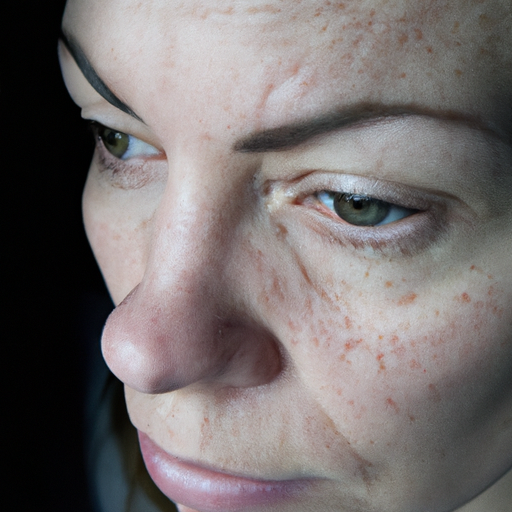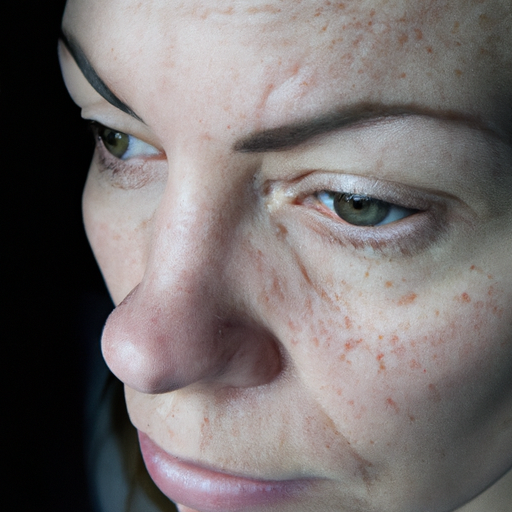Title: Unmasking Clear Skin: Your Ultimate Dermatologist’s Guide to Acne Solutions
As a seasoned dermatologist, I am often approached by individuals seeking effective acne solutions. Acne is a common skin condition that affects people of all ages, causing distress and impacting self-esteem. This article aims to unmask clear skin by providing an ultimate guide to acne solutions.
Acne is characterized by the appearance of pimples, blackheads, whiteheads, and cysts on the face, neck, chest, and back. It is primarily caused by the overproduction of oil and the buildup of dead skin cells in hair follicles. Hormonal changes, stress, diet, and certain medications can also contribute to acne breakouts.
The first step towards achieving clear skin is understanding your skin type. The five basic skin types are normal, oily, dry, combination, and sensitive. Each type requires a different skincare routine and acne treatment approach. For instance, oily skin is more prone to acne due to excessive oil production and may benefit from oil-free products.
Maintaining a consistent skincare routine is crucial in managing acne. This includes cleansing your face twice daily with a gentle cleanser, exfoliating once or twice a week to remove dead skin cells, and moisturizing daily to maintain skin hydration. It’s also essential to use non-comedogenic products that won’t clog your pores.
Over-the-counter (OTC) products can be effective for mild to moderate acne. These products typically contain active ingredients like benzoyl peroxide, salicylic acid, or sulfur that help reduce oil production, fight bacteria, and promote skin cell turnover. However, it’s important to remember that OTC treatments may take up to eight weeks to show results.
For severe or persistent acne, prescription medications may be necessary. These can include topical retinoids, antibiotics, or oral medications like isotretinoin or hormonal therapies for women. These treatments work by reducing oil production, fighting inflammation, or targeting hormonal imbalances that contribute to acne.
In-office treatments such as chemical peels, laser therapy, or light therapy can also be beneficial for treating acne and reducing scarring. These procedures should be performed by a qualified dermatologist or skincare professional.
Diet and lifestyle changes can also play a significant role in managing acne. A balanced diet rich in fruits, vegetables, lean proteins, and whole grains can promote healthy skin. Avoiding high-glycemic foods like sugary drinks and processed foods may help reduce acne breakouts. Regular exercise, adequate sleep, and stress management techniques can also improve your skin health.
Lastly, it’s important to resist the urge to pick or squeeze pimples, as this can lead to scarring and further skin infections. Always consult with a dermatologist before starting any new acne treatment to ensure it’s suitable for your skin type and condition.
In conclusion, achieving clear skin is a journey that requires patience, consistency, and the right acne solutions. Whether you’re dealing with occasional breakouts or severe acne, understanding your skin type, maintaining a proper skincare routine, using appropriate acne treatments, and making healthy lifestyle choices can help you unmask the clear, healthy skin you desire.
Remember, every individual’s skin is unique, and what works for one person may not work for another. Therefore, it’s crucial to seek professional advice from a dermatologist to find the most effective acne solution for you.




